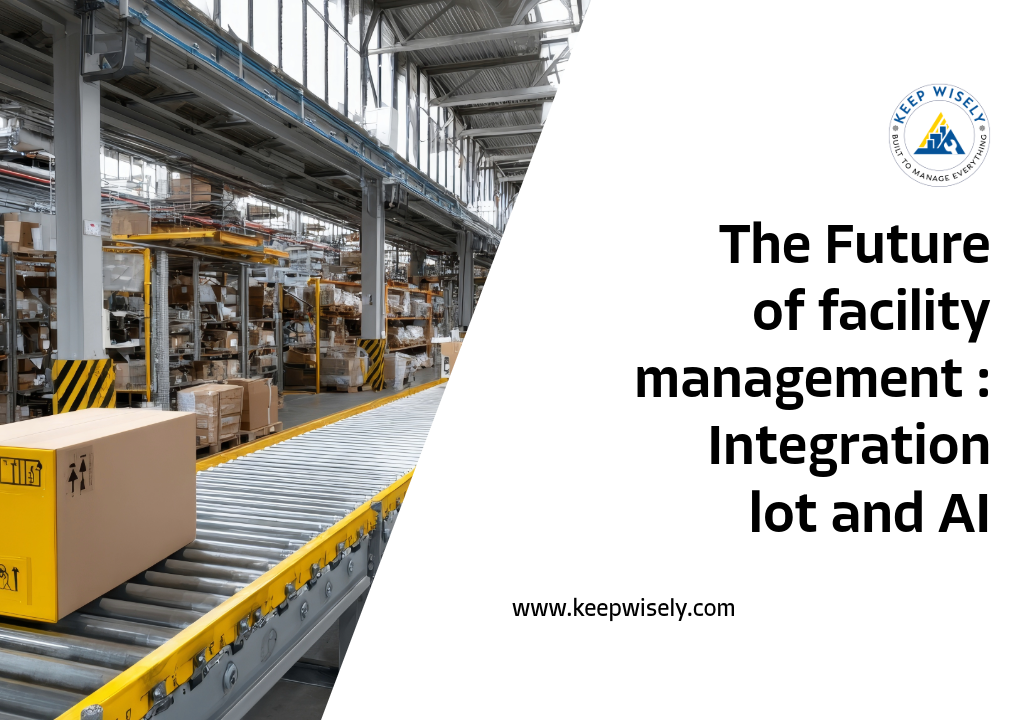Overview :
Facility management is evolving fast with IoT sensors and AI- powered analytics leading the charge. These technologies are transforming buildings into intelligent ecosystems that can monitor, predict, and optimize operations in real time. From energy savings to predictive maintenance, the integration of IoT and AI is helping organizations cut costs, improve safety, and enhance occupant comfort.This blog series will showcase real-world case studies that highlight how smart technologies are reshaping facility management across industries.
Case Study: Smart Facility Transformation at GreenCity Corporate Park
Company Name: GreenCity Corporate Park
Industry: Real Estate / Facility Management
Location: Bengaluru, Karnataka, India a major hub for technology and commercial development in South India.
Challenge: ( Before IoT & AI Integration )
Before IoT and AI became part of facility management, operations were largely manual and reactive. Managers had to deal with frequent challenges like slow fault identification, poor energy efficiency, limited access to live data, and rising operational expenses. IoT in facility management, Maintenance routines were typically time-based rather than condition-based, which often resulted in unnecessary servicing or sudden equipment failures. In the absence of intelligent data insights, decisions were made on assumptions rather than facts making it hard to effectively manage space, assets, and occupant well-being.
Problem Statement :
Facility management used to rely on manual processes and reactive maintenance, leading to inefficiencies, high costs, and poor space utilization. Without real-time data or predictive tools, managers struggled to detect faults early or optimize building performance.Facility management, As buildings become more complex and sustainability demands grow, integrating IoT and AI offers a smarter, proactive approach turning traditional systems into intelligent, data-driven environments.
Solution Implemented:
- The organization deployed an advanced facility management solution that utilized IoT-enabled sensors and AI-based analytics.
- These sensors were embedded in systems like HVAC, lighting, and security to monitor operations continuously.
- AI processed the collected data to anticipate equipment issues and enhance overall efficiency. Facility managers accessed a centralized platform that delivered live operational insights.
- Automated adjustments to temperature, lighting, and energy consumption were made intelligently based on how spaces were being used.
Results (After Integration):
- 30% reduction in overall energy costs.
- 40% improvement in maintenance efficiency with predictive alerts.
- 20% fewer downtime incidents due to proactive monitoring.
- Enhanced security and comfort for building occupants.
- Facility managers gained real-time control over all building operations from a single dashboard.
Smart Facility Management at GreenCity Corporate Park :
GreenCity Corporate Park has embraced smart technologies like IoT and AI to transform its facility management from reactive to proactive. This shift enables predictive maintenance, energy-efficient operations, and personalized comfort for occupants. With centralized AI dashboards and automated resource tracking, the park achieves greater operational efficiency and supports its sustainability goals—setting a benchmark for the future of intelligent infrastructure.
Conclusion :
The future of facility management is being redefined through the integration of IoT and AI, enabling smarter, more efficient operations. With intelligent facility solutions, organizations can automate processes, enhance occupant comfort, and reduce costs. This shift drives digital transformation in facilities, empowering data-driven decisions and predictive maintenance. As buildings evolve into responsive ecosystems, smart building management becomes the cornerstone of sustainable and intelligent infrastructure.
